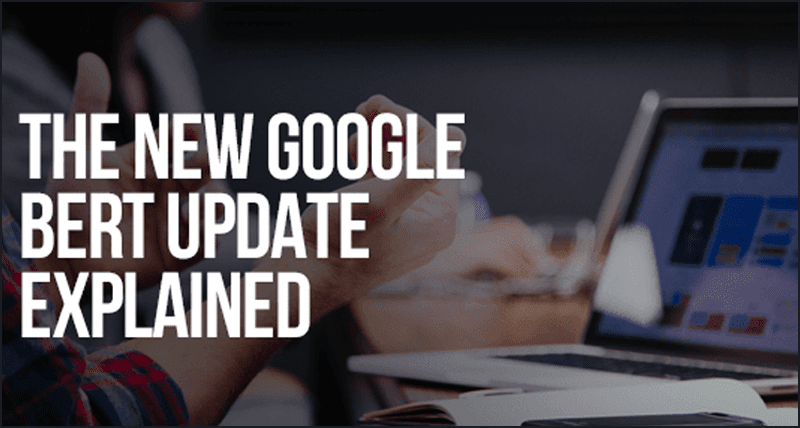In the modern era of technology, searching is the most desired action done by users on the internet. In the past few years, search engines become an indivisible element of our life. Google is also a search engine and no need for further introduction. The reason behind Google’s success is constant updates in its search algorithms to deliver the best results to its users.
According to SEO professionals, every year Google amaze their users by doing so many innovations in algorithms for more satisfying user search experience. Recently, Google has announced a new algorithm update called BERT which helps to improve user’s search query experience and provide more relevant results to their searches. So let’s start today’s blog post that covers what is BERT and how will it impact SEO strategies?
Related Post: On-Page SEO: Techniques That Can Make You Appear On the First Page
What is BERT?
BERT (stands for Bidirectional Encoder Representations from Transformers) is a neural network-based technique for natural language processing (NLP) pre-training. In simple words, it is an algorithm update that helps Google better recognize the meaning of words mentioned in a particular search query. BERT improve the understanding of nuances and context of words in searches and better match those queries with more relevant results.
For example, there are two phrases “nine to five” and “a quarter to nine”, which show two different meanings of the word “to” which is easy to understand for humans, but seems hard for search engines. Accordingly, Google design BERT update to allow search engine to differentiate and understand what user exactly want.
How BERT works?
English is the language which is filled with lots Homonyms which relates to those words having same spelling and pronunciation, but meaning differs. That is why BERT designed, it
As per Google, BERT is an deep bidirectional because The breakthrough of BERT is in its ability to train language models based on the entire set of words in a sentence or query (bidirectional training) rather than the traditional way of training on the ordered sequence of words (left-to-right or combined left-to-right and right-to-left). BERT allows the language model to learn word context based on surrounding words rather than just the word that immediately precedes or follows it.
Google calls BERT “deeply bidirectional” because the contextual representations of words start “from the very bottom of a deep neural network.”
“For example, the word ‘bank‘ would have the same context-free representation in ‘bank account‘ and ‘bank of the river.‘ Contextual models instead generate a representation of each word that is based on the other words in the sentence. For example, in the sentence ‘I accessed the bank account,’ a unidirectional contextual model would represent ‘bank‘ based on ‘I accessed the‘ but not ‘account.’ However, BERT represents ‘bank‘ using both its previous and next context — ‘I accessed the … account.’”
Google has shown several examples of how BERT’s application in Search may impact results. In one example, the query “math practice books for adults” formerly surfaced a listing for a book for Grades 6 – 8 at the top of the organic results. With BERT applied, Google surfaces a listing for a book titled “Math for Grownups” at the top of the results.

